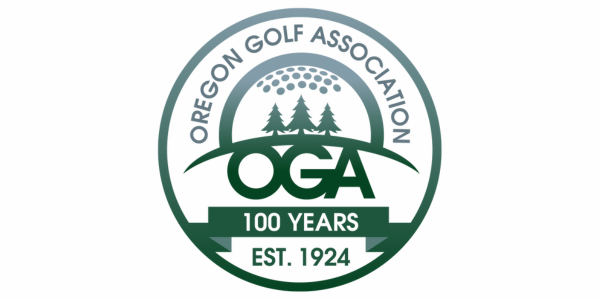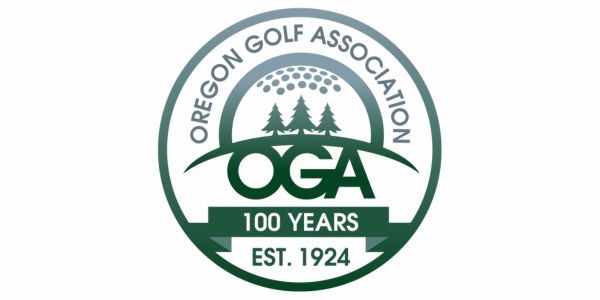Continued from April article: Pushing Forward, Change is the New Norm
The 1960s were a transformative period for the Oregon Golf Association (OGA) as it navigated through a decade marked by significant changes and rising stars. The young talents of the 1950s continued their dominance into the new decade, with players like Atkinson, Price, Prall, and Krieger capturing six of the ten men's titles. On the women's side, Skala, Mrs. R.L. Borst, and Helen Thompson-Milne similarly excelled, showcasing their prowess on the course.
New champions emerged during this time, adding fresh energy to the tournaments. Among the men, Gay Davis, Elwin Fanning, and Dave Glenz made their mark, while Sue Jennett, Mary Wolfe, and Cathy Gaughan (Mant) led the charge among the women. Kent Myers, who won the crown at Portland Golf Club in 1965, was another notable figure, though his peak years were still ahead. Other promising players like Tom Shaw, Dick Stearns, Jerry Cundari, Jerry Mowlds, Bill Eggers, Molly Cronin, and June Robinson also rose to prominence. Cronin, despite being a runner-up five times between 1959 and 1969, never clinched a championship but remained a formidable competitor.
Amidst these competitive achievements, the OGA experienced several significant changes. Public course players, who had been excluded from the Amateur tournaments, were later reinstated as associate members. The Junior tournament was rotated among member clubs, and a junior banquet was inaugurated in 1961. The entry fee for the junior tournament was raised twice, first to $3 and then to $5. An attempt to remove the women's division from the Oregon Amateur field failed, ensuring that women remained a vital part of the competition. Additionally, the OGA adopted official jackets for directors after much debate over the color. In 1967, the OGA joined the newly formed Pacific Coast Golf Association as an associate member and was later accepted as a regular member.
Financial challenges also came to the forefront. Member club dues were raised twice during the decade, reaching $100 per year for 18-hole courses and $60 for 9-hole courses. Despite these increases, the OGA's treasury dipped to just over $2,000, signaling a need for significant changes and new revenue sources.
By 1969, it was clear that the OGA faced a critical juncture. The Association had to choose between maintaining its status quo of conducting a few tournaments or transforming into a full-service organization with broader administrative responsibilities. With dynamic leaders like Ed Bader, Don Krieger, Bob Norquist, Chuck Fisk, and Ted Wood stepping up, the OGA opted for the latter path.
A major breakthrough came with the introduction of computerized handicapping, which replaced the tedious manual calculations that handicap committees had long endured. This innovation allowed the OGA to shift its dues structure from a per-club to a per-individual basis, a concept first envisioned by Ralph Tomlinson 30 years earlier. Clubs could now select from a range of services, including computerized handicapping, contributions to the Evans Caddy Scholarship Fund, and dues payments to other associations. This new structure provided the OGA with much-needed revenue to expand its office and hire additional staff, including Mrs. Paul "Bobs" Sullivan, who would play a crucial role in the organization's future.
The expansion was not without its challenges. Some member clubs initially withdrew rather than pay the increased dues. However, the persistent efforts of Krieger, Fisk, Bader, and others to engage with club memberships helped to mitigate the resistance, and most clubs eventually accepted the changes.
One key objective of the increased dues was to fund efforts to change the method of real property taxation of golf courses. Led by Jim Hunt and supported by state senator Vic Atiyeh, the "Open Space" legislation passed in 1971, allowing golf courses to defer certain property taxes. Although the legislation fell short of its full potential by not establishing limits on deferrals, it was a step in the right direction.
The 1960s thus set the stage for the OGA's evolution into a more robust and proactive organization, laying the groundwork for future successes and challenges in the decades to come.
Stay tuned for the next decade in our series… up next is 1974-1983 in May.

A New Era in Oregon Golf: Growth and Challenges (1964-1973)
Related News and Notes

The OGA's Transformative Journey into the 1990s (1984-1993)
This article chronicles the significant milestones and developments of the OGA during the 1990s and highlights the establishment of the OGA's independent office, expansion of its programs, financial growth, and notable achievements in junior golf.

The OGA's Transition into the 2000s (1994-2003)
This article highlights the Oregon Golf Association's significant growth, program expansion, and strategic advancements from 1994 to 2003, solidifying its leadership in Oregon's golfing community.

Post-War Evolution, A Turning Point For the OGA (1944-1953)
Peace finally returned in 1945, and the Association resumed tournament play the following year. However, the restart seemed challenging, as no minutes existed for 1946.